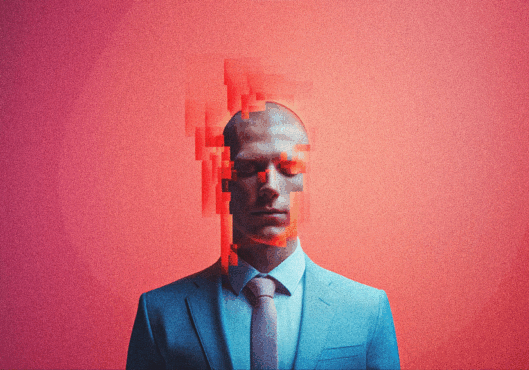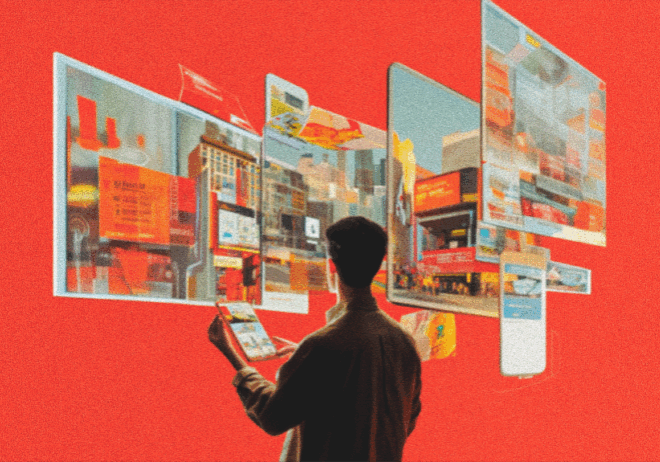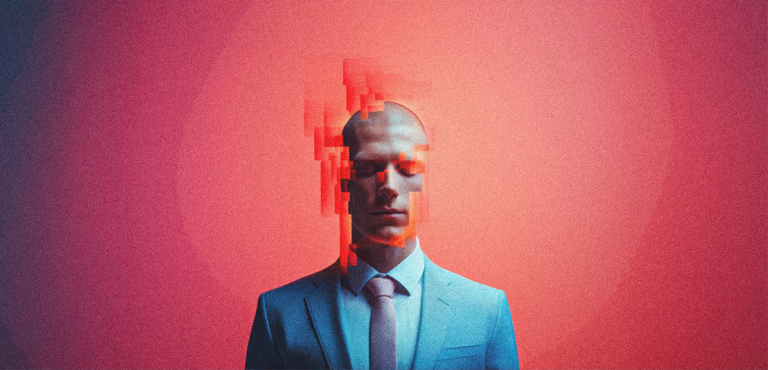
Old School, New Rules: Nostalgia Ads That Capture Gen Z & Millennials
If there is one thing the last couple of years have taught us about branding, it’s this: everything that is old can be brand new. If it feels good enough. From Burger King’s nostalgia-inducing rebrand, to Pokémon’s revival, and Barbie’s neon pink conquest of popular culture, brands have learned that, when tapping into collective memory, it can feel refreshingly modern.
Welcome to the age of Nostalgia Marketing—where retro fonts, 8-bit sounds, and vintage icons aren’t just decoration in contemporary coffee shops or hip downtown retail spaces. They are designed to activate emotions based on familiar memories, at a time when we are increasingly digital. As AdPulse says:
“Brands understand the real connection with consumers and focus on building bonds that go beyond the transaction.”
And that same premise drives nostalgia marketing—the practice of using familiar artifacts, sounds, looks, and aesthetics to strike emotional chords.
Let’s explore why campaigns that retrieve memories from yesterday resonate so deeply with Gen Z and Millennials, and how brands are using memories from yesterday to create magic for tomorrow.
Let’s understand the awe behind the nostalgia
Humans are naturally wired to romanticize the past. For many Millennials, nostalgia usually expresses itself in terms of the 90s and early 2000s—the time of cassette players, Tamagotchis, and Saturday morning cartoons. For sarcastic Gen Zs, it takes the form of an appreciation for trends and aesthetics they have never experienced, such as the neon colors of the 1980s or the early internet of the 1990s. Academics actually have a term for this phenomenon, called anemoia or nostalgia for a time period we’ve never lived through.
The reason this works so well in advertisements is that, ultimately, emotions influence behavior. Studies have shown that when individuals feel nostalgic, they are more likely to react positively to brands. Nostalgia, in general, comforts us in a fast-paced and chaotic world filled with uncertainty. As the world currently faces global crises, climate anxiety, and economic unpredictability, many individuals in their young adult years seek a peaceful escape in the past. Tapping into these memories, brands aren’t just selling products—they are selling emotions.
Why are Gen Z and millennials prime targets?
While Millennials tend to connect nostalgia marketing with memories they personally experienced, Gen Z is drawn to retro aesthetics as a way to express their identity.
Vintage fashion, retro video games, and old-school brand visuals now populate social media feeds. For Gen Z, nostalgia is less about lived experience and more about discovering cultural artifacts that resonate with authenticity and individuality. This trend has been amplified via social media platforms such as TikTok and Instagram.
Viral challenges that remix hits from the 90s, retro filters, and throwback memes enable younger audiences to engage with cultural nostalgia, even if they were not born during the trend’s popularity. Nostalgia marketing allows brands to tap into this behavior by becoming part of these shared experiences and cultural nostalgia.
Why does nostalgia marketing work so effectively?
The scientific basis of nostalgia marketing is robust and strong. Neuroscientists believe that nostalgia cues activate brain regions related to reward, emotion, and social connection.
Experiencing nostalgia while processing an advertisement triggers an emotional response that can lead to the release of dopamine and feelings of happiness and contentment. Emotional engagement often leads to greater brand loyalty, higher recall, and greater willingness to spend. Nostalgia can also act as a psychological anchor. During periods of stress and uncertainty, recalling a positive memory can provide emotional stability. For brands, it enables deeper connections with their audience, extending beyond the functional benefits of their products.
Positive memories and nostalgia link messages to cultural metrics that help create more durable associations with their advertising.
The most memorable “Nostalgia marketing” campaigns of 2025
In 2025, nostalgia is not merely about the retro aesthetic but is about connecting to audiences emotionally through familiar cultural signposts. These campaigns seamlessly fused the past with the present, so audiences felt acknowledged; they remembered, and were overjoyed.
1. McDonald’s x F.R.I.E.N.D.S – Adult Happy Meal
McDonald’s marked the iconic sitcom’s 30th anniversary in Spain with an Adult Happy Meal, which featured classic menu items alongside collectible figures of its beloved characters.
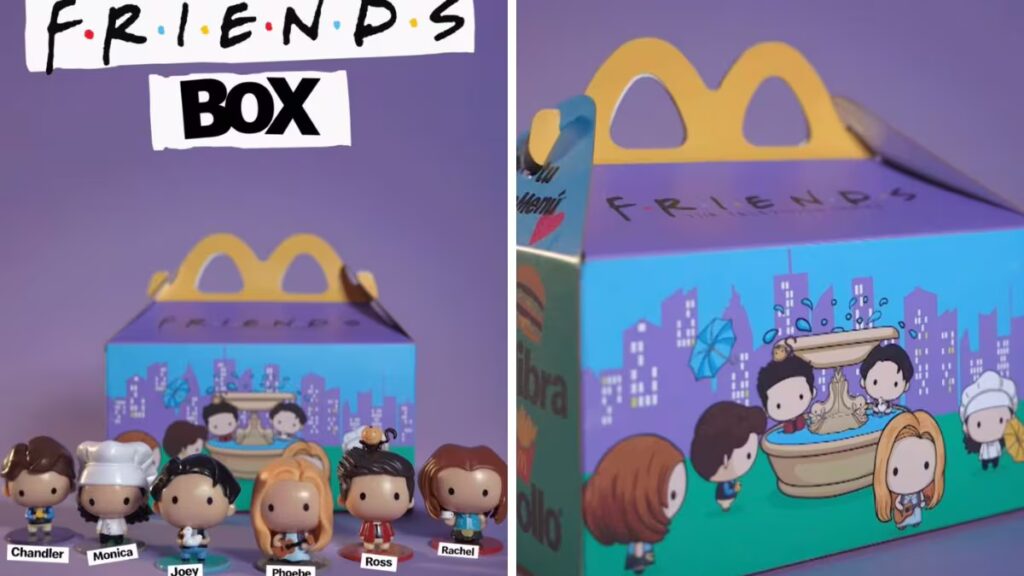
2. Oasis x Adidas – Britpop Comes Back
Oasis worked with Adidas on a clothing line celebrating the iconic ’90s style of the band. The collection consisted of band T-shirts and limited-edition sneakers and catered to longtime fans and a younger generation of viewers while highlighting artisanal Britpop nostalgia.
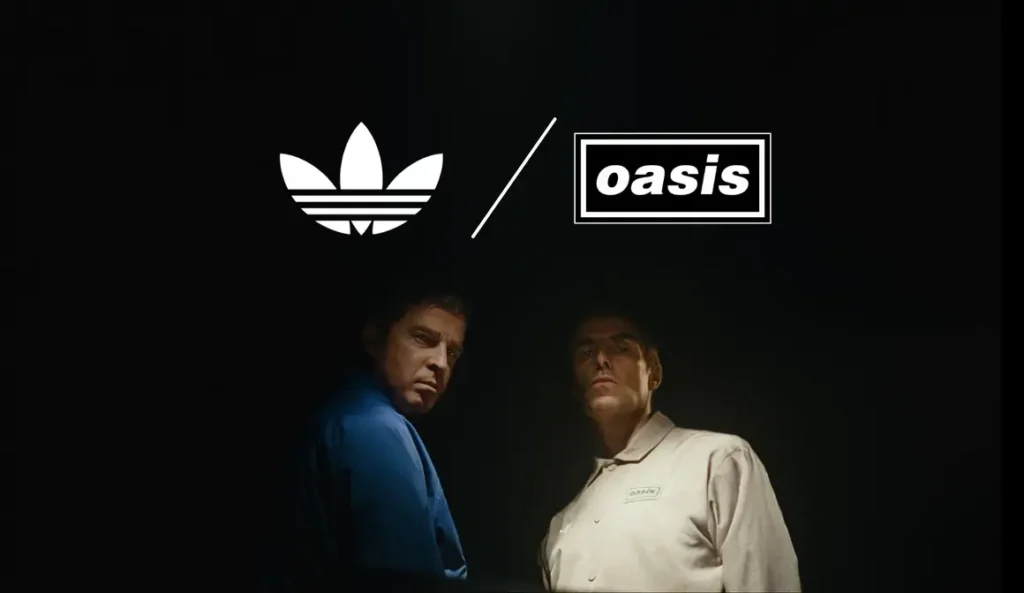
3. Coca-Cola’s “Share a Coke” Revival for Gen Z
In 2025, Coca-Cola revived its “Share a Coke” program with its signature personalized bottles, along with the introduction of a digital app that allows users to create custom video messages. This natural blend of digital immersion and nostalgia is designed to appeal to Gen Z customers.
Utilizing nostalgia as a tool for storytelling
Nostalgia marketing goes beyond visuals or retro packaging. Brands that do nostalgia most successfully don’t simply borrow from the past’s aesthetic styles or packaging; they tell a story that delivers emotion and fosters a relationship.
A great nostalgic narrative does more than tell a story; it can move an audience, stimulate conversation, and ignite brand advocacy. For instance, a fashion brand may produce a “90s revival” collection that features a campaign incorporating iconic music, classic silhouettes, and references to well-known cultural landmarks to commemorate an era.
This type of campaign offers so much more than a clothing advertisement; it manages to weave an emotional sense of shared memory, allowing consumers to imagine themselves as part of a larger cultural story.
The significance of nostalgia in social media
Nostalgia marketing gets supercharged by social media.
TikTok, Instagram Reels, and YouTube Shorts allow users to remix old content — such as commercials, nostalgic experiences brands share in video ads, or even viral dance trends from years past. Brands that can leverage some of these trends or participate in them in a way that embraces nostalgia can capitalize on user engagement with their own nostalgic ads.
UGC (user-generated content) is immensely powerful in this space.
When consumers share their own nostalgic experiences or react to the brand’s nostalgic ads, they help create an even further reach beyond the brand’s advertising campaign, which is much more valuable than simply brand-initiated engagement with advertising. Nostalgia on social media is a collective or community experience that creates emotional interactivity between the brand and the branded experience.
Nostalgia marketing can be very effective, but brands must exercise caution
Suppose brands utilize nostalgia inappropriately or fail to fully understand and appreciate the audience and culture they target (or, worse, misuse it). In that case, it can backfire, making them feel that the person is fake or manipulative. Authenticity has become important. Successful campaigns honor the memory they reference, rather than simply monetize it.
Also, marketers bear the responsibility of careful inclusion for certain audiences. Nostalgia often reflects a specific culture or region, and marketers should be aware of the risk of excluding a segment of their audience. The most effective nostalgia marketing works to build shared emotional experiences, rather than excluding anyone from the story.
Tapping into nostalgia marketing’s future
Great nostalgia campaigns embrace the past, while feeling fresh. Draw inspiration from decades of their choice — 90s through early 2000s campaigns work best for Millennials, while Gen Z loves the 80s and early internet days. Remember to tell stories that create emotion, not just imagery.
Pull in social media, augmented reality (AR), and user-generated content to create participation, but be authentic at the center. New tools like artificial intelligence (AI) and AR allow brands a deeper way to create personalization around nostalgia, marrying something timeless with something fresh.
For both Gen Z and Millennials, nostalgia is more than a trend — It is a device for connection and loyalty.
Cut to the chase
Nostalgia marketing is not just a trend — it’s a way for brands to emotionally connect with Gen Z and Millennials and turn memories from the past into engagement in the future. Whether it’s retro fashion or throwback campaigns, the key is to find the balance of authenticity and creativity to bring back old feelings as new feelings. Are you ready to make your brand a memorable experience? Start working on a nostalgia-based campaign this week!

